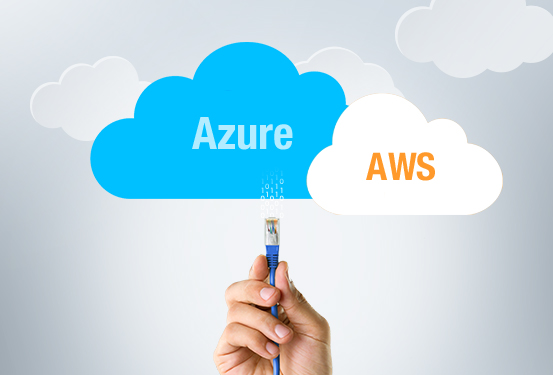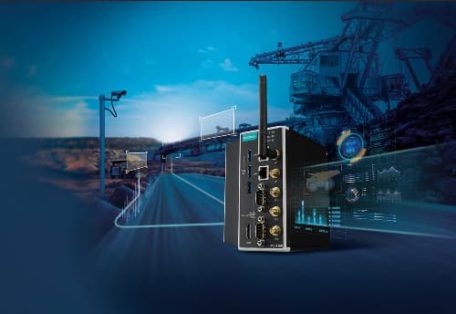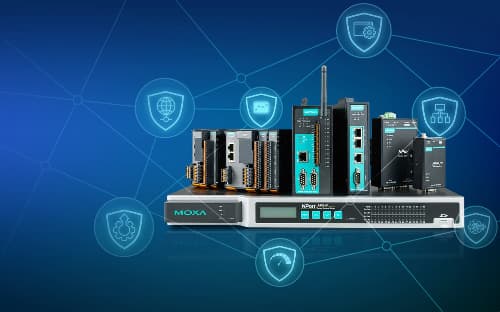DNX focus is to ensure robust and optimized wireless connectivity e.g., LoRaWAN, BLE (Bluetooth Low Energy) in regional/international Industrial IoT implementations. DNX handles the full life cycle from commissioning & managing devices and networks to Industrial IoT-security all-as-a-Service.
Wireless networks and device life cycle management with built-in IoT-security is fundamental for realizing the benefits of advanced connectivity in the Industrial IoT domain. Service providers are more important now than ever before, as the networks and devices of advanced wireless connectivity technologies grow in accessibility and capabilities.

Connectivity management and device management services are increasingly being outsourced. These outsourcing services are becoming more important as the total number of devices in the ecosystem grows, complexity increases, and Industrial IoT-security threats becomes visible.
DNX has the leverage of economy-of-scale within its focus area that gives end-customers a strong price value benefit vs building an inhouse operation for wireless sensors, devices, and networks. DNX has the management tools, knowledge resources and partner networks to provide robust and sustainable Industrial IoT connectivity now.
By choosing the right service provider as DNX, enterprises can enjoy the full capabilities of advanced connectivity through solution designs that can tap networks as needed; leverage multi hybrid wireless networks and be supported by core operational services of connectivity and device management, along with the right security services.

Industry, Applications & Use Cases
Discover how you can benefit from our partnership by viewing below qualified projects or get in touch with us directly
Description
Connectivity has always been at the core of Internet of Things (IoT) solutions. Over the last few years, wireless connectivity has seen the most advancement, evolving to offer more choices that are fit-for-purpose in the Industrial IoT domain and providing more flexibility/agility to the IoT solution designer.
Two-way data communication, standard bridges between local legacy solutions to new modern wireless technologies (e.g., DALI – LoRa, Modbus – BLE), edge computing and devices using local energy harvesting will all have impact on future Industrial IoT solutions.
The Challenge
The IoT market has evolved to a new stage of advanced connectivity combined with more network choices, this requires an in-depth understanding of wireless technologies and its strength and weaknesses
Connectivity choice needs to consider the device life cycle from commissioning and onboarding devices to handling multiple users and stakeholders. It is not just choosing the technology that best suits the needs of the application. It also includes understanding the services for managing that connectivity, as well as other services layered on top, such as device management and security services.
The Solution
Wireless Industrial IoT managed services is an outsourced service focused to manage the life cycle of devices and Industrial IoT infrastructure usage to ensure a robust and secure wireless network. Overall, these services will become more and more important to both enterprises and suppliers of Industrial IoT solutions as the total number of devices in the ecosystem grows into the tens of billions.
Example: Sensors, activators and gateways using LoRaWAN used for monitoring and controlling lights and HVAC systems, keeping track of people movements, energy consumption and compliance of sustainability goals in cities and industrial business parks.
Example: Sensors, activators and gateways using BLE used for monitoring vibrations and energy spikes to ensure preventive and predictive maintenance of machines and transport infrastructure.

Why DNX
DNX is a Full-Service Partner for Managed IIoT as-a-Service including development & service operations (DevOps) for wireless IIoT Low Power Wireless Networks (LPWN). Examples of Managed Wireless Technologies are LoRaWAN, Private LoRa, BLE, BLE Mesh, WiFi6, Wireless MBus, Mobile 3GPP such as Private LTE, 5G, SIM 2,3,4,5.
DNX handles connectivity management as one of its core solution components for Industrial IoT connected products. Its primary functions include monitoring wireless network activity to detect abnormal behavior and rules-based suspension/activation/deactivation. Connection Management Services also provide a single portal for managing subscriptions.
Why Moxa
Moxa builds highly reliable hardware like the IIoT Gateway platform UC-8200 with 2 miniPCIe slots that DNX uses to build LoRaWAN, BLE or other wireless connectivity options.
Description
Device management and monitoring are critical to the life cycle of an Industrial IoT solution including sensors, gateways, activators, and other industrial connected devices. Monitoring for deviations and managing for action needs to be done 24/7 with robust and secure routines.
The Challenge
Device management will become even more important and complex as device management functions will enable device software updates that can tap into new network capabilities, such as variable packet sizes for application and network-defined data throughput; rules for network access based on quality, latency, and throughput; and radio software updates based on network capabilities.
Second, device management services will also be used to activate and deactivate physical device features, even down to the chipset level. The granularity of hardware feature control portends new business models, such as Hardware-as-a-Service, all enabled through device management services.
The Solution
Device Management services are critical to the life cycle of an IoT solution, as they enable updating connected devices with software OTA. Software updates are required to correct bugs, improve device capabilities, or add new application functionality. Other important part is device activation and deactivation based on device behavior, but also stage of device life cycle, such as testing new devices or deactivating retired ones. Finally, connection management services provide a single portal for managing subscriptions.
Device management services are used to deliver and maintain certificates/tokens for secure communications. Another important set of features available through device management is managing on-device data storage and transmission, as well as providing other monitoring services, such as device online/offline, battery status, and health/operational status.
Why DNX
DNX is a Full-Service Partner for Managed IIoT as-a-Service including Monitoring & Management of wireless Industrial IoT gateways and devices. Examples of devices; temperature, humidity, vibrations, distance, liquids, flow, gas, electricity, noise, light, movement, pressure, particles, i/o, A/D, people counter and much more.
DNX handles Device Management as one of its core solution components for Industrial IoT connected products. Its primary functions include monitoring device activity and managing connected devices to detect abnormal behavior and rules-based suspension/activation/deactivation. Connection Management Services also provide a single portal for managing subscriptions.
Why Moxa
Moxa builds highly reliable IIoT gateways that are easy to integrate with DNX’ device management platform due to Moxa’s Industrial Linux that comes with 10 years lifecycle support. For more information, please check here.
Description
IoT-Security is critical to the life cycle of an Industrial IoT solution, as it enables robust functionality and secure operations. Today, there are 9 billion IoT connections. By 2026, that number will nearly triple to 24 billion. This exponential growth will lead a new era of wireless connectivity and industrial productivity in the years ahead. However, it will also result in new threat vectors and vulnerabilities.
The Challenge
Securing the Industrial IoT is going to be a considerable challenge in the next decade with new variables coming into play every day. Embedded security, application security, managed services, safety considerations, consumer privacy, and data protection are all areas that need to be addressed in this new world of connected things.
The challenges are considerable; – Legacy, some devices are incapable of being secured, because of processing capabilities, and computing power. Business decisions by vendors to choose to accept the risk of not doing anything. –Resource availability there are limited IoT security solutions/resources in the market, due in large part to the fragmented nature of the IoT market itself.
The Solution
Network and Device Management services are critical to a robust life cycle of an Industrial IoT solution, as it enables monitoring of the networks and updating connected devices with software OTA. IoT Security has to be included in all steps of the managed service from start until service retirement.
Device application security is mainly driven by secure Firmware Over-the-Air (FOTA) updates for patch management and firmware security of IoT devices and IoT routers/gateways. All to handle attacks like web attacks, backdoors, zero-days, data exfiltration, supply chain attacks, rootkits, botnets, and crypt jacking, among others. IoT device vendors have a tough roadmap ahead to transition from IT-borne environments to larger threat surfaces and complex IoT environments, for this DNX solution-as-a-Service has an important role.
Why DNX
DNX is a Full-Service Partner for Managed IIoT as-a-Service including Industrial IoT-Security of wireless gateways and end devices. DNX has designed-in IoT security as a fundamental part of its network operations platform, device management services and business routines. Industrial IoT Security is core to success.
DNX handles Industrial IoT-Security as one of its core solution components for Industrial IoT connected products. Its primary functions include access control, process for securing patches and updates, secure interfaces, data protection and of course monitoring, managing of wireless networks/devices to detect abnormal behavior and rules-based suspension/activation/deactivation.
Why Moxa
The OS of Moxa’s IIoT gateways is Moxa Industrial Linux which comes with 10 years lifecycle support. That means security patches are provided for up to 10 years that DNX can use to keep a gateway safe for a very long period, without the need for significant upgrades to the application software running on the gateway. For more information, here.
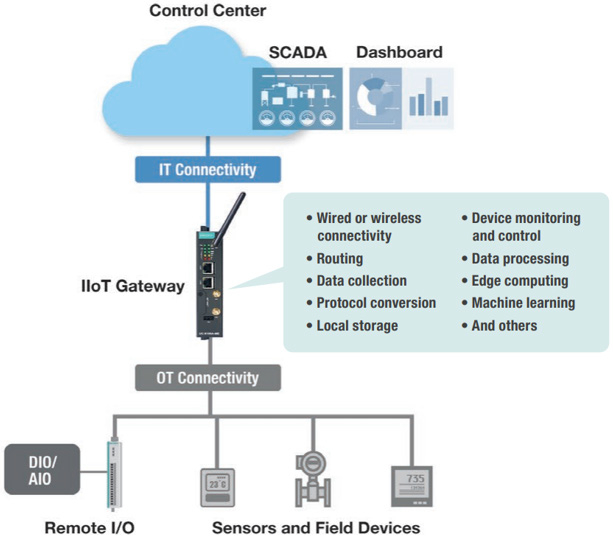

Mats Pettersson
CEO

Hermann Berg
Head of IIoT
Related Products
Find out how our edge-to-cloud connectivity solutions make the IIoT work for you

